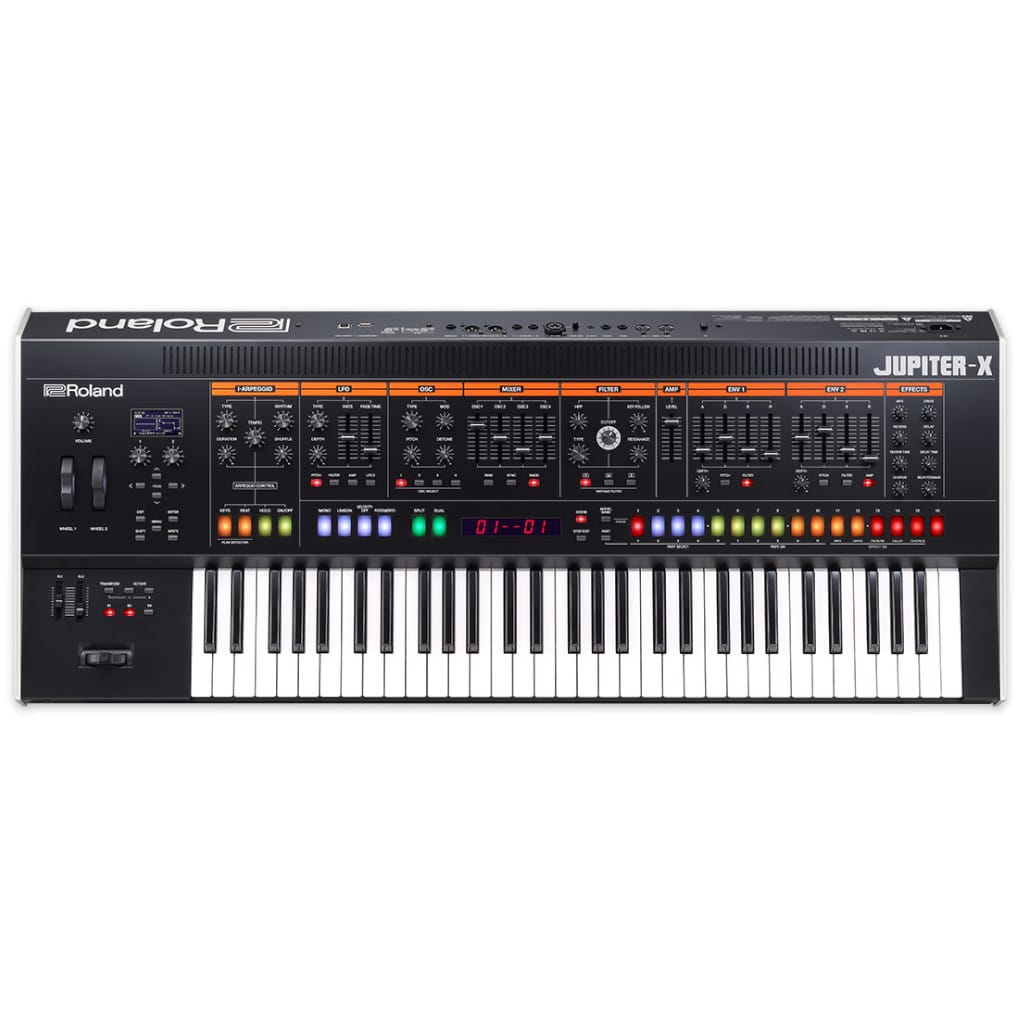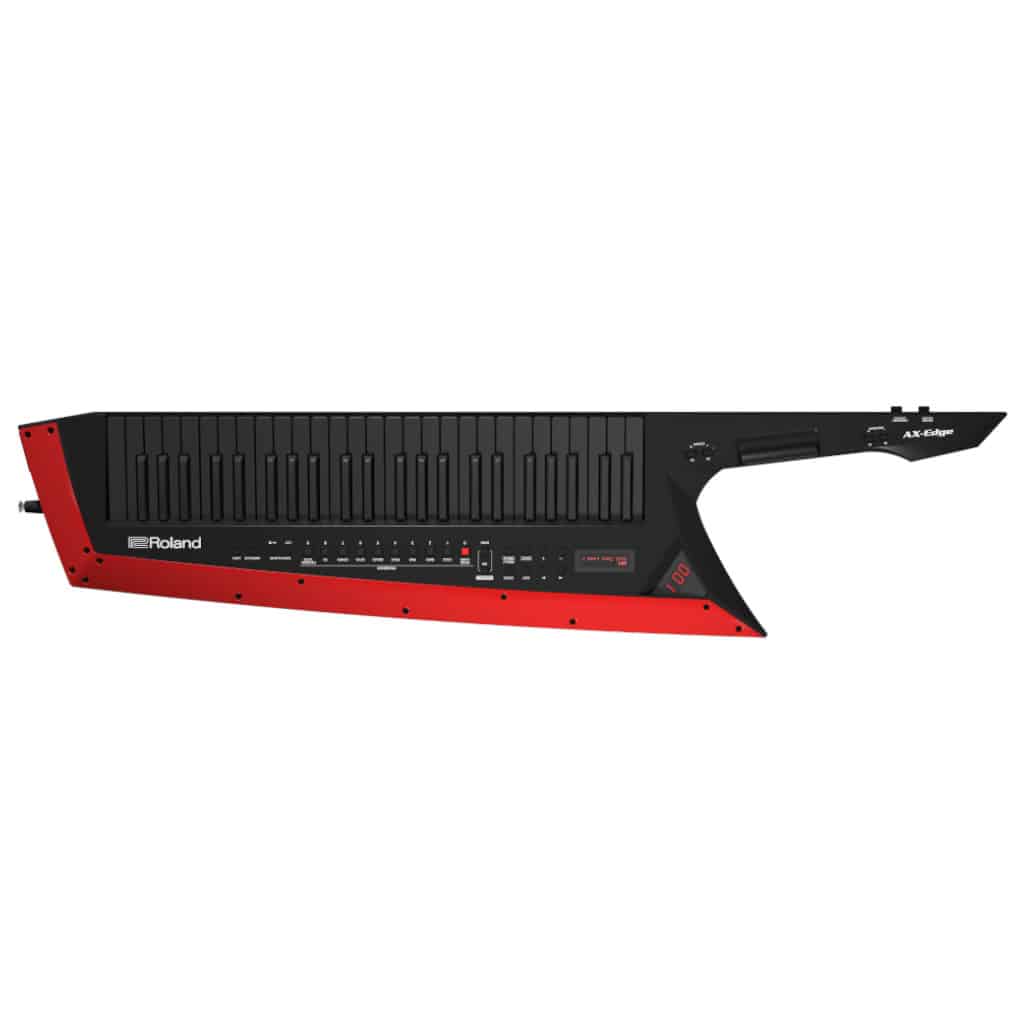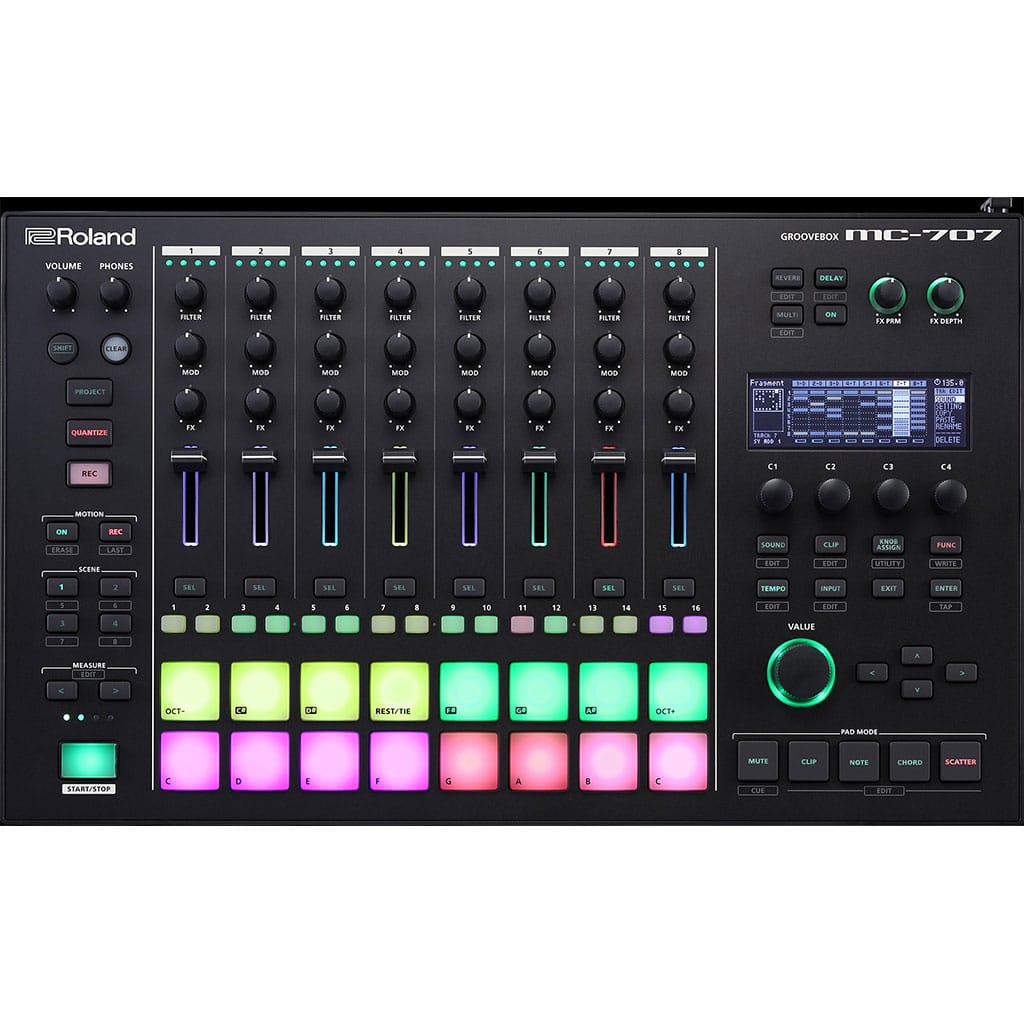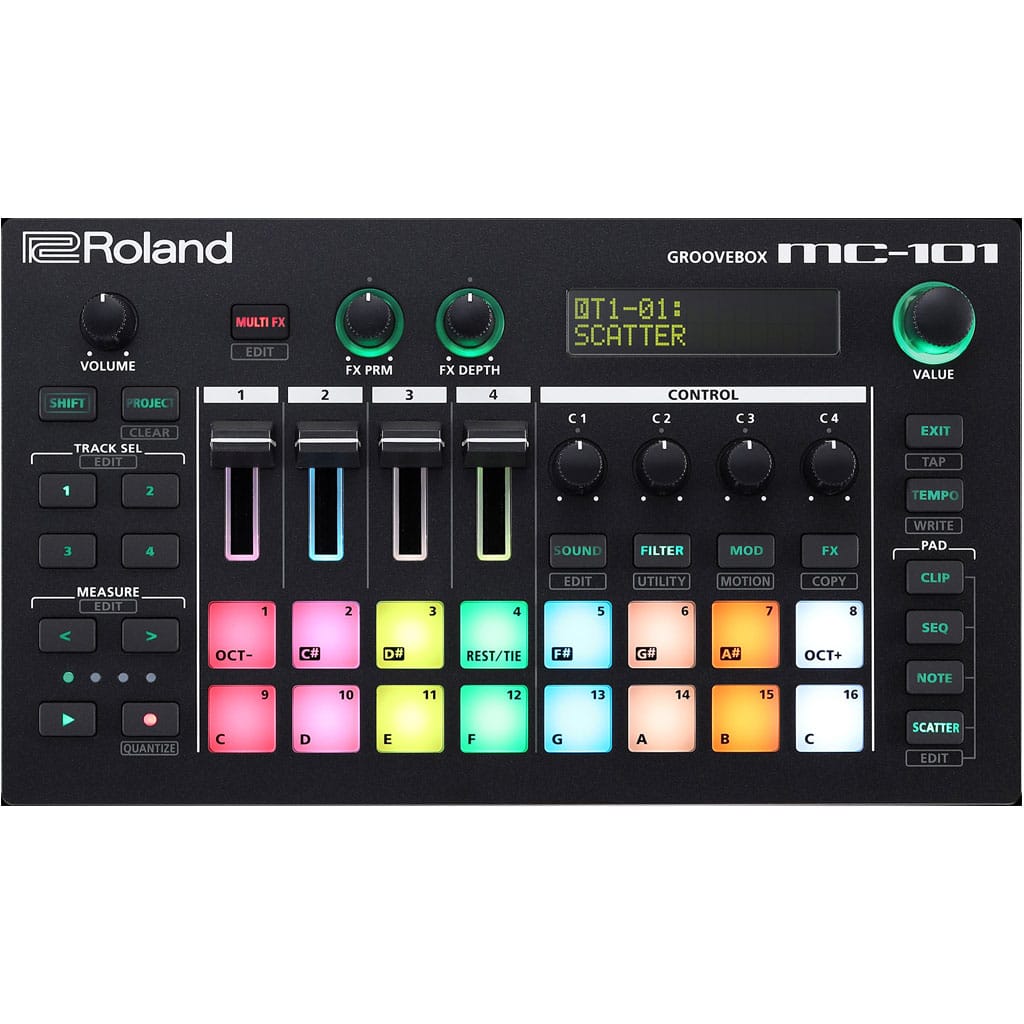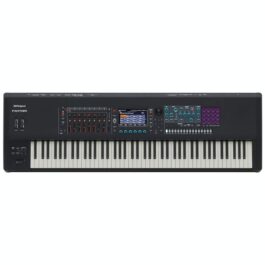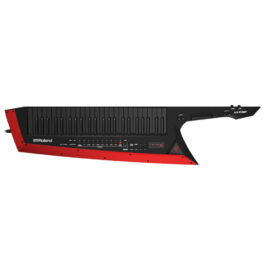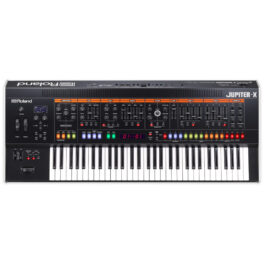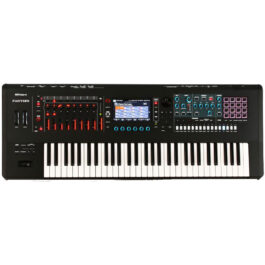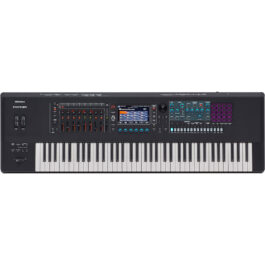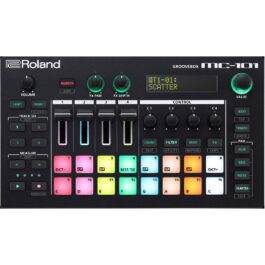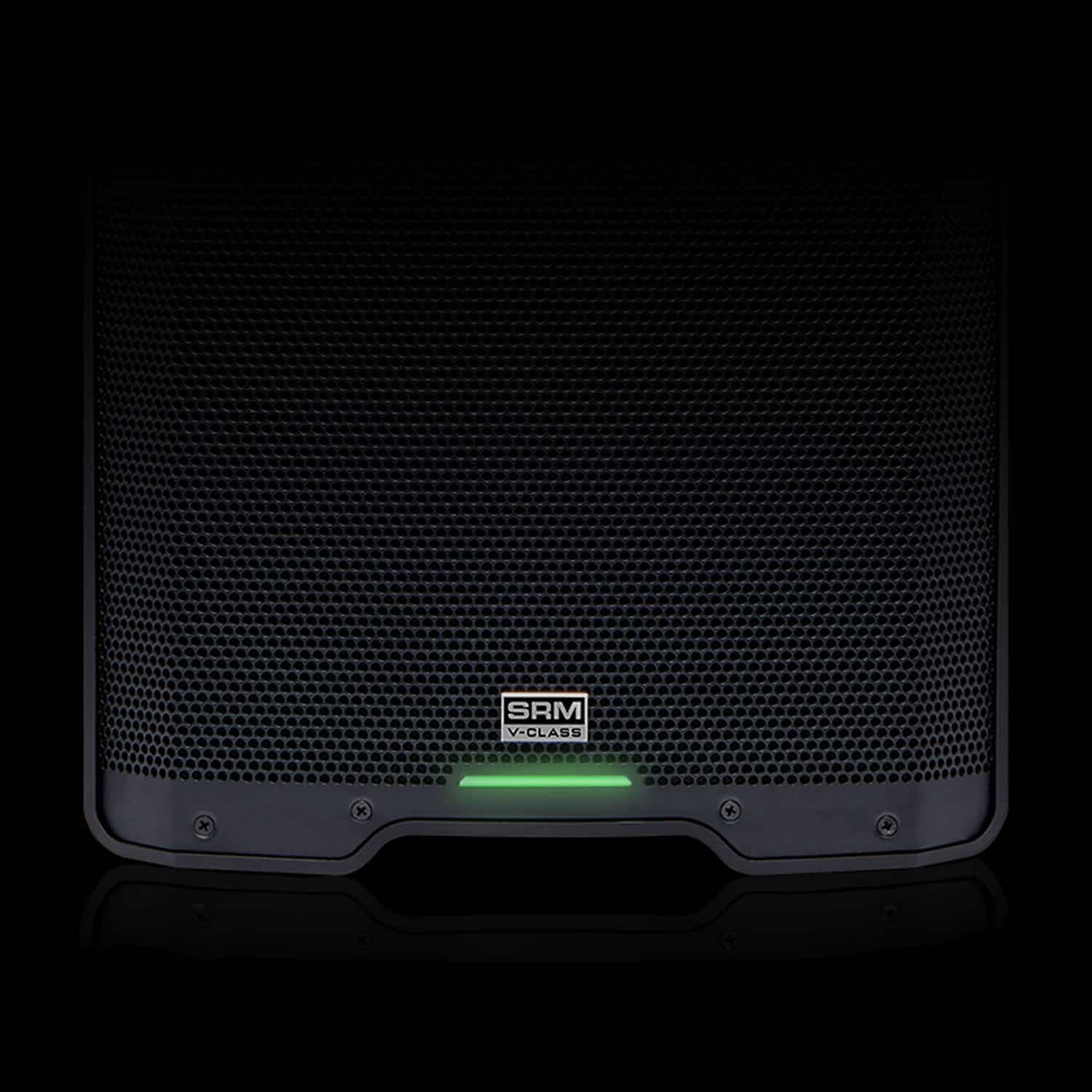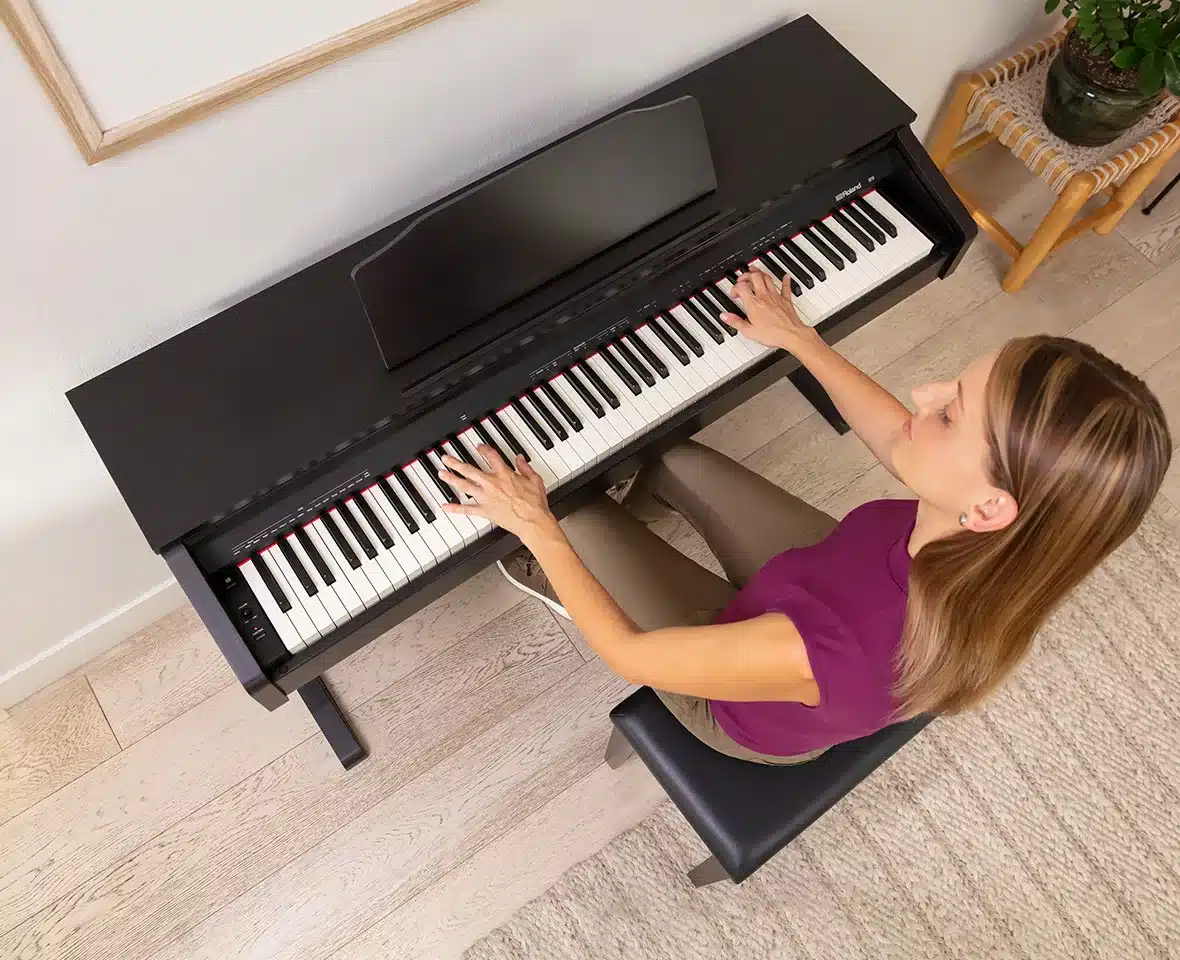''Zen-Core sounds can be shared between different Roland hardware—and even between hardware and software—so you can move freely between your studio, live gigs, jam sessions, or just creating on the go.''
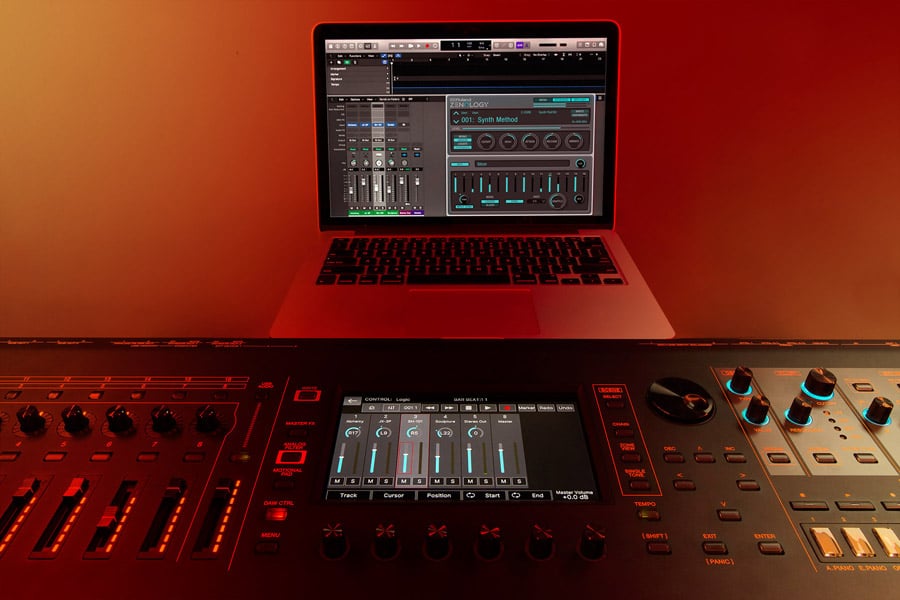
Roland’s latest, and future-focused, sound synthesis engine is a complete reimagining of the way sound engines work, with seamless integration between hardware and software.
What is it?
Built on nearly 50 years of synthesizer research and development, Roland have recreated the sound of their classic analog synths, as well as their vintage and modern synths. They’ve pulled this off in 4 primary steps. Let’s take a bit of a deep dive!
The Architecture:
Zen-Core is based on discrete synth voices called partials. Each partial contains its own oscillator, multimode filter, amplifier, dual step-LFOs, and lush effects. You can have four partials per tone for rich complex sounds that move and inspire you. And it’s all designed with polyphony in mind, for big punchy stacks and intricate layers of evolving sound.
The Modeling:
Roland have been designing synthesizers for nearly 50 years, and they have leveraged this experience with Zen-Core to totally redesign their advanced modeling and virtual analog system.
Precisely modeled oscillators and filters can be mixed and matched for unique combinations and the new PCM engine is capable of advanced cross modulation and even PCM oscillator sync.
The Low-Frequency Oscillators (LFOs):
Zen-Core has two LFOs per partial for a total of eight available LFOs per tone, and more LFOs mean more modulation possibilities and more ways to explore new ground.
Zen-Core’s Step-LFOs have 16 steps of tempo-synced automation with 37 curve choices per step for long evolving passages, modular-style animated textures, and sounds with deeply intricate movement.
The Effects:
Roland have integrated a large selection of their revered effects into the Zen-Core engine; 90 of them, to be specific. From the CE-1, to the Juno-106 choruses, and the RE-201 Space Echo, the range of effects can be applied to either individual partials or the entire tone for big spacious sounds that inspire you and grab the listener’s attention.
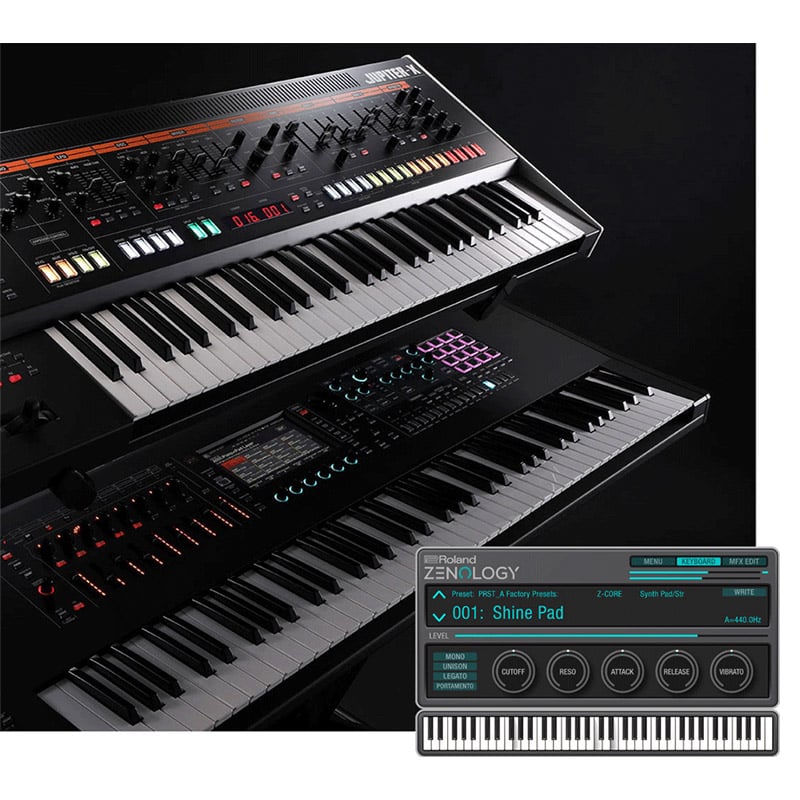
The Implementation
Zen-Core is designed to work seamlessly between hardware and software to create a comprehensive ecosystem of sounds and sound design.
Hardware: The engine has been incorporated as the driving force behind a number of Roland’s new and current products, and will continue to be implemented going forward.
Software: This is coupled with Zenology, their DAW plug-in offering which is built on the same engine.
This means Zen-Core sounds can be shared between different Roland hardware—and even between hardware and software—so you can move freely between your studio, live gigs, jam sessions, or just creating on the go.
The Hardware
The Software - Zenology
Zenology is an expandable plug-in version of the Zen-Core Synthesis System. With Zenology you have access to an ever-expanding, always-evolving universe of sound. Driven by the powerful Zen-Core Synthesis System, a steady stream of new sounds and expansions focus on specific genres and instrument types, or feature sounds from leading artists.
Shop Roland Zen Core products & synths
-
Extended Warranty Included
- Keys & Pianos, Digital Pianos, Stage Pianos
Roland RD-88 Stage Piano
-
R42,995R29,667FREE DELIVERY - Select options
-
- Keys & Pianos, Keyboards, Synthesizers
Roland Fantom 8 Keyboard Synthesizer
-
R100,000R95,000FREE DELIVERY - Select options
-
- Keys & Pianos, Synthesizers
Roland AX-Edge Keytar
-
R33,995R23,795FREE DELIVERY - Select options
-
- Keys & Pianos, Synthesizers
Roland Jupiter-X Synthesizer
-
R60,000R57,000FREE DELIVERY - Select options
-
- Keys & Pianos, Keyboards, Synthesizers
Roland Fantom 6 Keyboard Synthesizer
-
R85,000R80,750FREE DELIVERY - Select options
-
Request Stock
- Out of Stock
- Keys & Pianos, Synthesizers, DJ & Beat Production, Synthesizer Modules
Roland MC-707 Groovebox Micro Composer
-
R27,500R26,125FREE DELIVERY - Select options
-
-
- Keys & Pianos, Keyboards, Synthesizers
Roland Fantom 7 Keyboard Synthesizer
-
R90,000R85,725FREE DELIVERY - Select options
-
- Keys & Pianos, Synthesizers, DJ & Beat Production, DJ Controllers, Synthesizer Modules
Roland MC-101 Groove Box
-
R13,500R12,825FREE DELIVERY - Select options


